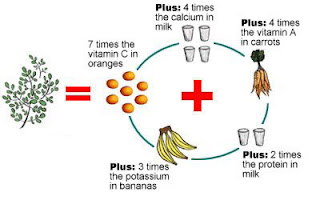Himalayan plants have anti-diabtic agents
21 plant species found here can help check diabetes Merina Sharma Kathmandu, May 24: A recent research on Nepali plants and herbs used traditionally revealed that 21 plant species have anti-diabetic properties. The 21 species including, acacia catechu (Khayar), allium hypsistum (Jimmu), berginia ciliate (Paashanbed), cedrus deodara (Debdar), sapindus mukorossi (Rittha), rubia manjith (Majitho) and woodfordia fruticosa (amar phool) contain anti-diabetic agents. Stems, leaves, roots, barks, fruits and flowers of these plants were extracted as samples for the study. While examining the active compounds of Paashanbed, two active compounds — galloylepicatechin and galloylcatechin — were found for the first time in a plant other than green tea. They are considered to be the most potent components with anti-diabetic potential, believed to be in the green tea alone. The revelation was made after a two-year research conducted by Dr Megh Raj Bhandari, food researcher of Department of Food Techn...








